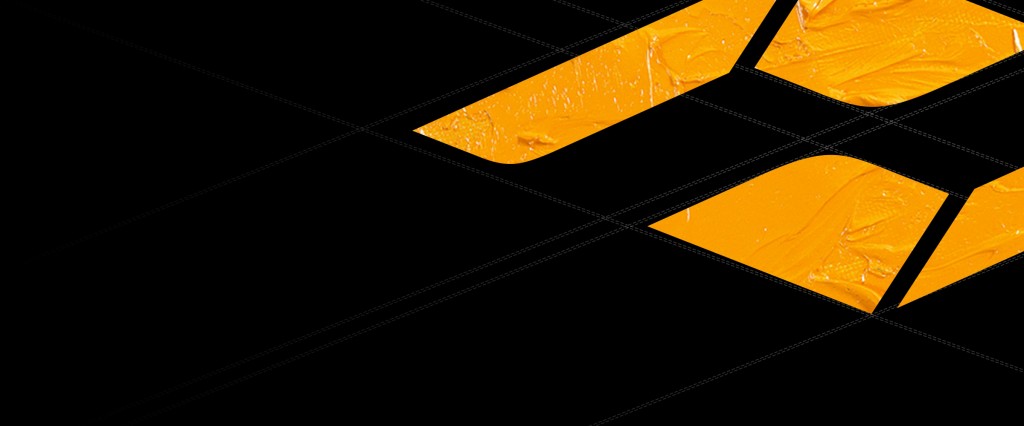No products in the cart.
Workflow
RAW and Codecs
The RAW concept in digital cinema/Video category is nearly same with the RAW image file in digital camera/photogragh category: No White-balanced process, nor Color grading. RAW images files description in Wikipedia is following:
Raw image files are sometimes called digital negatives, as they fulfill the same role as negatives in film photography: that is, the negative is not directly usable as an image, but has all of the information needed to create an image. Likewise, the process of converting a raw image file into a viewable format is sometimes called developing a raw image, by analogy with the film development process used to convert photographic film into viewable prints. The selection of the final choice of image rendering is part of the process of white balancing and color grading.
Like a photographic negative, a raw digital image may have a wider dynamic range or color gamut than the eventual final image format, and it preserves most of the information of the captured image. The purpose of raw image formats is to save, with minimum loss of information, data obtained from the sensor, and the conditions surrounding the capturing of the image (the metadata).
The link is: http://en.wikipedia.org/wiki/Raw_image_format
Traditional digital video cameras process the R/G/B data from 3CCD as YUV color sampling and compression. For YUV422, it would lose some color information; for YUV420, considerable color information disappears forever. Compression degrades the image quality too.
Most of commercial S35mm digital cinema cameras nowadays employs Single Bayer-Patten CMOS sensor, the image process would include de-bayer (de-mosaic) into RGB images, then YUV color sampling and compression into some video file with specific codec.
The Codec can be delivery codec or intermediate codec. And also, there are many types of codecs. The intermediate codecs used in professional cameras is like Prores/Cineform/Redcode/ArriRAW, CinemaDNG, etc.
The typical delivery codec is H.264 AVCHD mp4, used in HDSLR cameras: it is often YUV420 with 8bits, and is intended to give final video for direct view by users, not for post-grading after shootings. With HDSLR that have fixed shooting modes that a fixed at the time of shooting with 8 bit recording if you do heavy grading later you introduce histogram gaps into the results and amplify the contrast of block artifacts from their H.264 recording. But with KineRAW-S35 the full 12bit range is captured and recorded without heavy processing so you get about sixteen times more image tones, 4096 vs 256 per color channel so you have much more range to pull up shadow detail before histogram gaps become visible making the image tones smoother and better even on 10bit displays closer to the quality of DPX 35mm film for scans, true Digital Cinema quality.
KineRAW can record CinemaDNG and Cineform RAW codec, both are 12bits. That sensor data gets recorded by both the CinemaDNG ™ as separate ‘100%’ True RAW DNG (Digital Negative, like a digital movie film negative scan) frame files, and by the Cineform ™ as compressed raw using high quality wavelet compression that is a good facsimile of the sensor data but takes less disk space and is faster to load and process making work-flow more efficient.
Both RAW codecs do not color sampling operation, no color loss. For Cineform RAW, it is processed by specific Log Curves, and encapsulated as quicktime mov file which can be viewed directly on PC or MAC. For CinemaDNG which is not Logged, but it contains color matrix from monitoring LUT, so you can view colorful DNG sequence directly. Except the Video files, KineRAW-S35 records the meta-data, 3D LUT from monitoring LUT. So that you can use the 3D-LUT to play/edit recorded video files, or grad them from 3D LUT as grading starting point.
Recording the RAW sensor data also gives you more of the image data that the sensor can capture than processing to finished looks in the camera as some camcorders and HDSLR do. With the KineRAW cameras the recording is flexible and more forgiving of some exposure errors than cameras that do finish look processing in the camera, in the KineRAW cameras the actual sensor data’s full range is recorded so you have more latitude in how you can process it later and if needed re-process it in other ways until you get the final look that you want.
More links:
http://en.wikipedia.org/wiki/Raw_image_format
http://en.wikipedia.org/wiki/YUV


